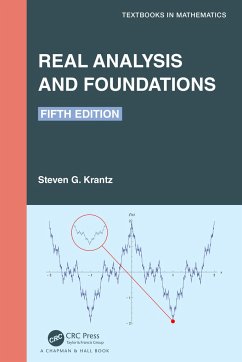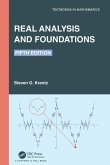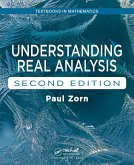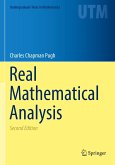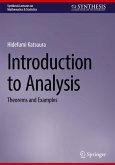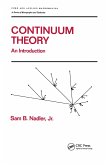Through four editions this popular textbook attracted a loyal readership and widespread use. Students find the book to be concise, accessible, and complete. Instructors find the book to be clear, authoritative, and dependable.
The primary goal of this new edition remains the same as in previous editions. It is to make real analysis relevant and accessible to a broad audience of students with diverse backgrounds while also maintaining the integrity of the course. This text aims to be the generational touchstone for the subject and the go-to text for developing young scientists.
This new edition continues the effort to make the book accessible to a broader audience. Many students who take a real analysis course do not have the ideal background. The new edition offers chapters on background material like set theory, logic, and methods of proof. The more advanced material in the book is made more apparent.
This new edition offers a new chapter on metric spaces and their applications. Metric spaces are important in many parts of the mathematical sciences, including data mining, web searching, and classification of images.
The author also revised the material on sequences and series adding examples and exercises that compare convergence tests and give additional tests.
The text includes rare topics such as wavelets and applications to differential equations. The level of difficulty moves slowly, becoming more sophisticated in later chapters. Students have commented on the progression as a favorite aspect of the textbook.
The author is perhaps the most prolific expositor of upper division mathematics. With over seventy books in print, thousands of students have been taught and learned from his books.
The primary goal of this new edition remains the same as in previous editions. It is to make real analysis relevant and accessible to a broad audience of students with diverse backgrounds while also maintaining the integrity of the course. This text aims to be the generational touchstone for the subject and the go-to text for developing young scientists.
This new edition continues the effort to make the book accessible to a broader audience. Many students who take a real analysis course do not have the ideal background. The new edition offers chapters on background material like set theory, logic, and methods of proof. The more advanced material in the book is made more apparent.
This new edition offers a new chapter on metric spaces and their applications. Metric spaces are important in many parts of the mathematical sciences, including data mining, web searching, and classification of images.
The author also revised the material on sequences and series adding examples and exercises that compare convergence tests and give additional tests.
The text includes rare topics such as wavelets and applications to differential equations. The level of difficulty moves slowly, becoming more sophisticated in later chapters. Students have commented on the progression as a favorite aspect of the textbook.
The author is perhaps the most prolific expositor of upper division mathematics. With over seventy books in print, thousands of students have been taught and learned from his books.

